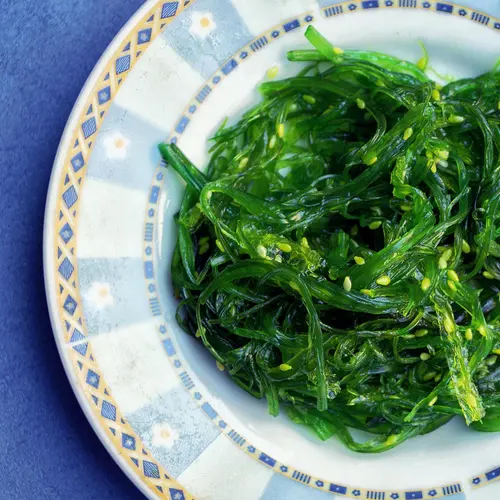Bananas are sweet, soft fruits popular all over the world. Their thick, fibrous peels, however, are a less popular source of nutrition, at least in Western countries. But contrary to what many people believe, banana peels are not only safe to eat, they also offer a number of health benefits.
In addition to the nutritional benefits of eating banana peels, there are environmental benefits as well. Bananas are the most widely eaten fresh fruit in America. By eating the peels, you can help minimize the amount of food that goes to landfills.
Health Benefits
Both bananas and banana peels may offer different health benefits depending on their level of ripeness. Underripe, green bananas may be more effective in treating digestive issues, while riper, blackened bananas have been shown to help white blood cells fight off disease and infection.
Keep in mind that many of these studies were done on rats, not humans, and further research is needed to determine if bananas have the same effects on humans.
Here are a few potential health benefits of banana peels:
Depression Relief
The high levels of tryptophan in bananas, combined with the B6 in banana peels, can help relieve some symptoms of depression and other mood disorders. Tryptophan turns into serotonin as it breaks down, which can improve your mood. Vitamin B6 can help improve sleep, which has a positive impact on mood over time.
Digestive Health
Fiber-rich banana peels can help regulate the digestive system, easing both constipation and diarrhea. This can be a particularly important benefit of banana peels for people with Crohn's disease or irritable bowel syndrome.
Better Eyesight
Vitamin A can help keep your eyes strong and healthy. This vitamin is abundant in both bananas and banana peels.
May Lower Cancer Risk
Banana peels are packed with polyphenols, carotenoids, and other antioxidants that fight cancer-causing free radicals in your body. Eating more banana peels, especially green, unripe peels, can increase your antioxidant levels and help reduce your risk of cancer.
Studies on the anti-cancer properties of banana peels were done in test tubes, not on humans. Further research is needed to understand whether banana peels can lower cancer risk in people.
Nutrients per Serving
The exact composition of banana peels is still being investigated, so there’s no standard nutrition profile yet. A number of factors affect the nutrients found specifically in banana peels.
However, the nutrients per serving of bananas are readily available. One medium banana provides approximately:
- Calories: 105
- Fat: 0 grams
- Carbohydrates: 27 grams
- Sugar: 14 grams
- Fiber: 3 grams
- Protein: 1 gram
Bananas are also a rich source of:
The banana peels themselves offer additional nutrients, including:
- Vitamin B6
- Vitamin B12
- Magnesium
- Potassium
- Fiber
- Protein
How to Prepare Banana Peel
Banana peel can make for a healthy afternoon snack or a delectably healthy dessert. Get creative and you'll soon see why chefs around the world commonly leave the banana peels on.
Unlike the inside of a banana, which is soft and sweet, a banana peel is harder and more bitter. The more ripe your banana, the sweeter and softer the peel will be. It's also important to wash the peel thoroughly to remove any fertilizer or chemicals the fruit may have been sprayed with.
There are a number of ways banana peel can be prepared to make it even more delicious:
- Blended into smoothies.
- Caramelized with water and sugar to use as an ice cream topping.
- Baked with cinnamon and sugar.
- Boiled until softened and eaten with a spoon.
- Made into banana vinegar and added to salads.
- Cooked with meat on top of it.

